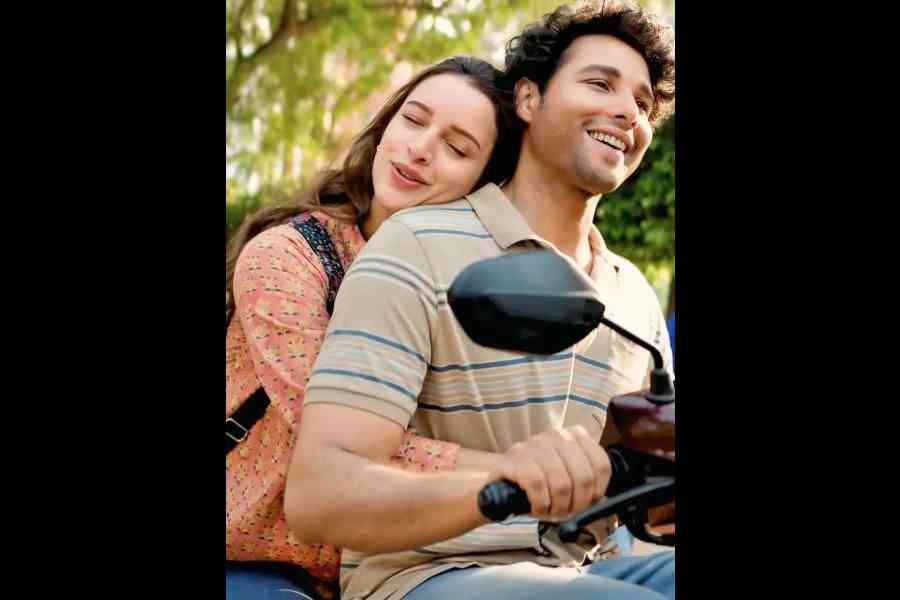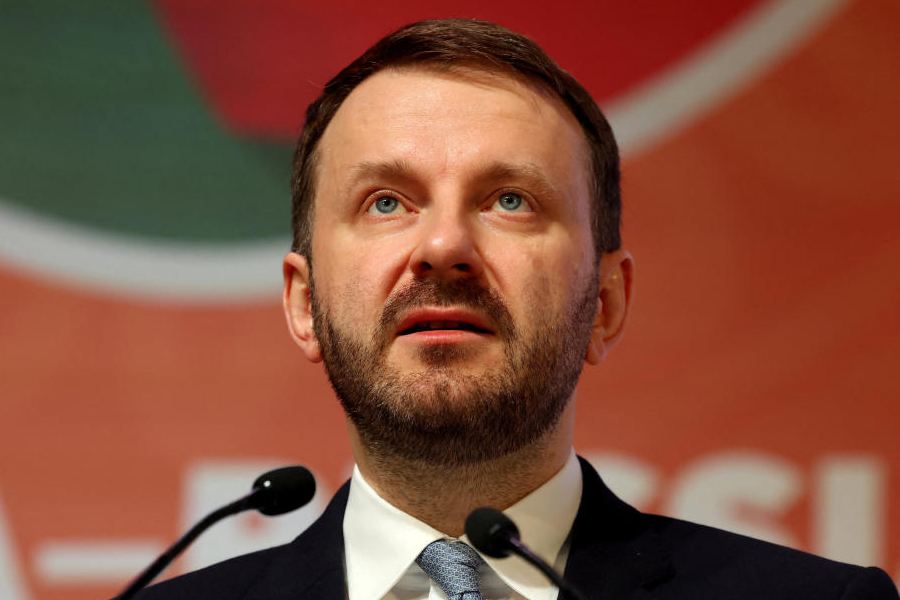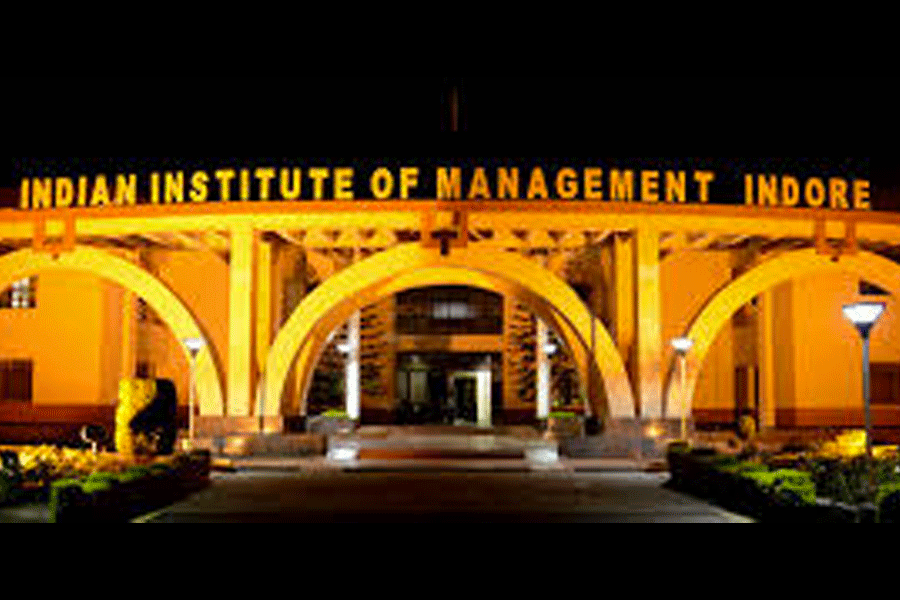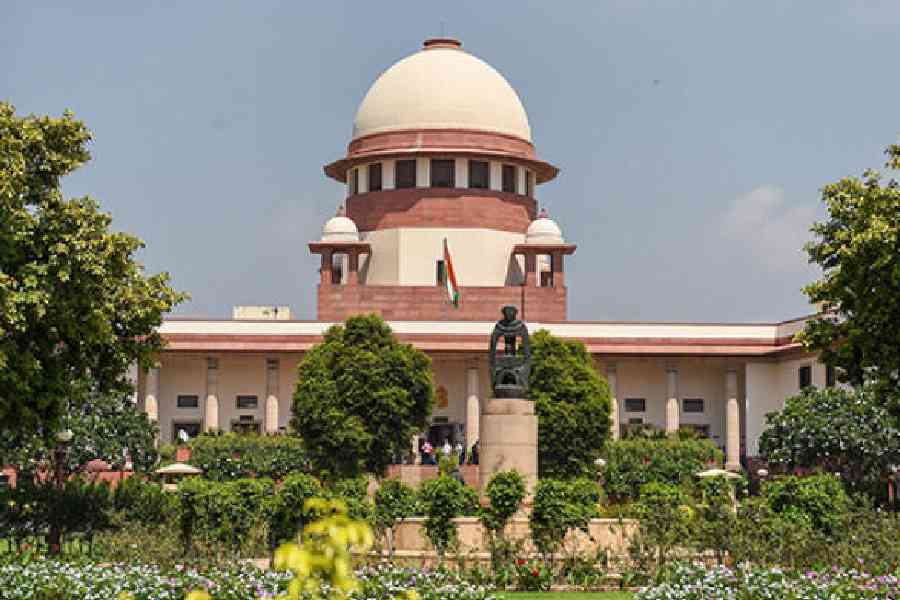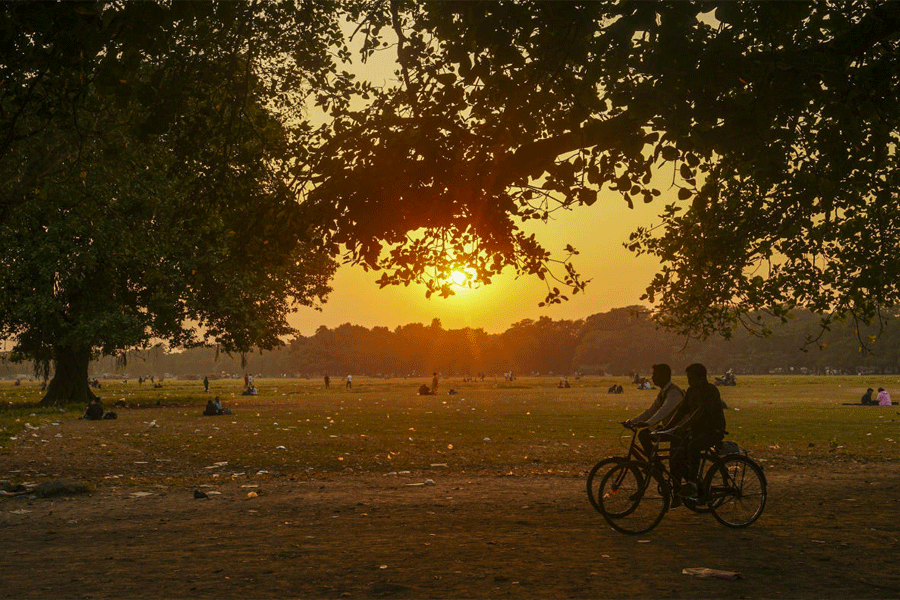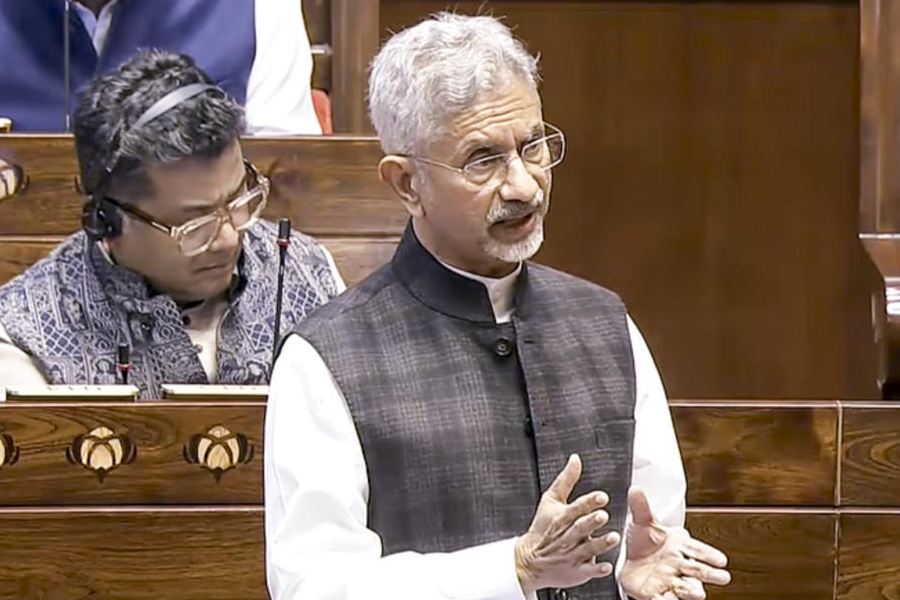Dhadak 2 has opened to positive reviews and fantastic word of mouth. A few days after release, t2 put debutant director Shazia Iqbal on the hotseat to know what went into the making of what many are calling one of the best films of the year so far.
Dhadak 2 is being hailed as a ‘revolutionary’ film in the Hindi mainstream cinema space. There has been huge praise for the film’s bold and brave tone and treatment. What have you been hearing mostly over the last one week?
Over the last few days, a lot of Bahujan pages (on social media) are tagging me on their posts, and saying great things about the film. It shows that Dhadak 2 has managed to reach the community it talks about, and that matters a lot to me.
A person made a Reel in which he wrote in Marathi: ‘This is the first time we have come on the big screen.’ Another person wrote some very emotionally impactful lines which can be summed up as: ‘This is the first time in a mainstream Hindi film that I feel seen... I had a good cry for the entire second half of the film.’ Such feedback has been very gratifying and moving for me.
The film took a few years to adapt and get made. It was also stuck with the censor board for a while. What kept you going through that period?
For the lack of a better word, I come from a very underprivileged background. Making a film involves so much money that the fact that I was getting to make one — mainstream or not — was a very big deal for me.
I had never imagined that I would be working with such a big production house (Dharma Productions) on a film that will be socially relevant and that I would have the freedom to say all that I wanted to say.
My brother and those who have been my friends for 20-25 years, broke down while watching the film and told me: ‘We don’t know if we were crying for Neelesh (played by Siddhant Chaturvedi) or if we were crying for you.’ So when someone comes from that background, everything else becomes secondary to that struggle.
Yes, making the film was a very daunting task. We took about 15 months, with the shoot and post-production lasting another 15 months. There are many days you get fatigued working on the same film. But then you get some perspective and keep telling yourself: ‘Nahin yaar, yeh toh bahut badi baat hain jo ho rahi hain... this is the way it was meant to happen.’
Over the last week, I have had so many filmmakers reaching out to me. Anurag (Kashyap) called me and said: ‘Do you know what you have done? You have said something very important at a time when no one is daring to, and that too in such a mainstream way.’ Melodrama is perhaps not the best way of telling a story — we are all a little elitist about it — but Anurag told me that in this film, we had used it as our strength and told a story that needed to be told.
The wait got to me multiple times, but I would keep telling myself that there was a bigger purpose to making this film. Now that I am being told such things — both by the audience and by members of the industry — makes me feel it was all worth it.
What has worked for Dhadak 2 is that it is a reimagination of the 2018 Tamil film Pariyerum Perumal and not an outright remake. What changes were you sure would work with audiences and was there anything that you introduced or changed that you were a little underconfident about?
We made a lot of changes with the female protagonist Vidhi (Triptii Dimri). Unlike the original, we gave her a well-rounded arc and a lot of agency. I was sure this is something that would work with viewers. There is so much conversation about gender and feminism and I knew that no one would tell me: ‘Why did you give a voice to a woman?’
What I wasn’t very sure to what extent it would be accepted was the character of Shekhar (played by Priyank Tiwari), the student leader. My co-writer Rahul (Badwelkar) and I wanted to give him a good graph but we were also wary about whether some people would think we had deliberately tried to politicise the film. Pariyerum Perumal didn’t have that character at all. But we saw it as an opportunity to show that whatever Neelesh is going through becomes a much bigger issue if there is a passing on the baton from Shekhar to Neelesh. I am glad that it has worked because Priyank has been been messaging me every few hours saying his phone is completely blocked!
The character, from our end, is an ode to Rohith Vemula (who died by suicide in 2016, triggered by his fight against caste-based discrimination in educational institutions). The fact that people have seen that and acknowledged it is a big win for us.
Also, even though the plot points are similar to the original, Neelesh’s character is different from that in the original. Two PhD students from Kerala even wrote an article that Dhadak 2 has a ‘Dalit Shah Rukh Khan’. I loved reading that because the way we wrote Neelesh, if he did not have the complexity of being weighed down by his caste, he would be free to love like Shah Rukh Khan.
Siddhant and Triptii are terrific in their parts. How did they enhance the characters you had written?
Siddhant brought a lot of himself into the character and that journey was navigated with many conversations. Siddhant had to feel what Neelesh was feeling — like how he would feel when the train ran over his beloved dog. One needs to bring the actor to the truth of the character and that navigation can happen through understanding what they themselves have gone through in life.
In my initial conversations with Triptii, I could gauge that there was in her a feeling of isolation. Her family was not very accepting of her acting career and that is what she tapped into while playing Vidhi.
Was giving Vidhi a lot more agency than Jo in the original also brought on by the fact that we are now living in a society that is increasingly becoming more toxic for women?
The conversation started when Kabir Singh released. Preeti’s character (played by Kiara Advani) was widely criticised but there were also a lot of people defending Kabir Singh and saying that there are girls like that.
Vidhi, like Jo in the original, isn’t aware of what Neelesh is going through. It is a very complex character. She is assertive but not a krantikari. In the original, Jo was not given the information and that is why she is not involved in the fight. My problem was with that. At the end of the film is the shot where the two men are sitting — Jo’s father and Pariyerum, the man who is her potential boyfriend or lover or friend — and all that Jo does is bring tea for them. That lack of involvement felt jarring to me... if she is the reason they have been fighting over throughout the film, shouldn’t she at least know about it? She was completely taken out of the narrative.
Even Vidhi had no idea, but she had her own way of trying to find out what was wrong. I don’t think any story should keep women out of the narrative with the excuse that they are innocent or ignorant.
Vidhi’s primal scream towards the end is not only cathartic for her but also for the viewer. What led to its inclusion in the narrative?
It is fascinating for us that people have reacted to the scream in such a positive way. At the screenplay level, we knew that it is a moment of elation because finally Neelesh is asserting himself, his identity and finding his voice. Even though monologues are a filmy trope, we wanted to use that for him at that shining moment when he is able to talk it out and not keep it inside him. But we felt that Vidhi — who has an equal standing in the scene — didn’t fit into the whole scheme of things. We kept wondering that could she say that would grab attention but not overshadow him. We did write some lines for her, but though they sounded great on paper, they weren’t working on set. We took them out and decided to take the approach where she physically and emotionally rejects her father.
But in the first take, when Siddhant was saying his lines, I saw Triptii starting to hyperventilate... she was breathing very heavily because she was also getting impacted by the scene. The information that I had given Triptii was that this scene is the first time when Vidhi is hearing the details of how Neelesh has been treated by her family. She started reacting to that and hyperventilating. My co-writer, Rahul, was near the monitor and he said: ‘What if she screams now?’
I took Triptii aside and told her about this idea, but no one else — not even her co-actors in the scene — knew about it. She screamed out loud in the next take and the entire set went completely quiet even after I said ‘cut’. That was her monologue, basically, and we are so glad it has hit home.
Dhadak 2 is one of the best Hindi films of the year because...
Tell t2@abp.in

